It remains one of the most momentous events in British history.
The trial, condemnation and execution of King Charles I.
Following the end of the English Civil War, Charles I was brought to trial in Westminster Hall on January 20 1649.
Found guilty of tyranny and treason, he was beheaded outside Banqueting House in Whitehall, London, on January 30 1649.
The assembled crowd is reported to have groaned as the axe came down.
Although the monarchy was later restored, in 1660, the execution of Charles I destroyed the idea of an all-powerful and unquestionable monarch.
But what impact did Dunfermline-born Charles I’s early years in Fife have on his character?
How significant was it that Charles was the last Scottish-born Stewart (Stuart) monarch?
Early life including Fife birth explored in new book about King Charles I
These are just some of many questions explored by author Mark Turnbull in his new book, Charles I’s Private Life.
It draws on new sources to detail the personal life of King Charles I including his childhood, character and the final days before his execution.
Speaking with The Courier, Mark said his research revealed that Charles Stewart (Stuart) was far more than “the king who lost the civil war and his head”.
Describing him as “a brave, principled and dutiful man” who was “politically flawed and lacked the ruthlessness needed to steer his three kingdoms beyond the crossroads at which they arrived”, he concludes that aspects of his character were likely formed as a sickly child in Fife.
“I think the first thing to say is a lot of time people think ‘yeah king of Britain’, and they forget he was the last Scottish born monarch,” said Mark, who is the host of ‘CavalierCast – The Civil War in Words’ and who has written four works of historical fiction set in the civil wars.
“I think when you get to the end of his life and the English Parliament proceeding against him, what everyone loses sight of is that Scots didn’t get a say and the English Parliament moved against him.
“Scotland protested – ‘we don’t want him killed’, they said.
”But also his early life in Scotland was a really defining moment.”
What were King Charles I’s connections with Fife?
Charles was born on November 19 1600 at Dunfermline Palace.
He was the second son of James VI of Scotland/James I of England and the youngest of the royal family.
If Charles’ popular and likeable elder brother Henry had not died young of typhoid, it is unlikely that England would have been riven by the bloodiest civil war ever known.
However, Mark said it was significant that Charles was a small, sickly child, who could still not walk or talk by the age of two.
“He was born in Dunfermline Palace, which was lands that were granted to his mother – Anne of Denmark,” said Mark.
“For the first few years of his life it must have been a really long battle.
“When he was born it was thought he was going to die.
“He had a rushed Christening because of that, and then when he survived, they had a second Christening.
“From the start his life really just hanged from a thread.
“When his father, who was already king of Scotland, succeeded to the English throne and left Scotland to take on the role as well (in 1603), Charles was looked after in Dunfermline Palace.
“He was the only member of his family to stay in Scotland, and that was because of his health.
“He was kept at Dunfermline under the care of Alexander Seaton.
“But Charles couldn’t talk, couldn’t walk in those early years.
“Seaton had a small family of his own – all girls – so you can imagine all these girls looking after Charles.
“He’s almost like an adopted brother because his family aren’t there – they are in England.
“His carer there is Seaton. But he’s trapped in this shell. He can’t walk, he’s watching all of this going on around him.
“I can’t imagine how it must have been for him.”
Book tries to understand the ‘man’ behind the monarch
Mark said that to fully appreciate the momentous events that marked the 24 years of Charles I’s reign, and what followed, it’s important to understand the man who was at their epicentre.
Both during his lifetime, and in the centuries since, opinion of Charles is often polarised.
He is either “Royal Martyr or Man of Blood”.
Amidst these extremes, what is frequently overshadowed is the man himself.
Propaganda still clouds his personality, as do the events of his last seven years of life.
However, the first half of his life has not been explored in detail.
As the sickly second son of the first king of Great Britain, it was “character defining” to be imprisoned in his body during those younger years, then to battle to point where he was classed as athletic, very strong and agile, and a good horse rider.
“On the one hand when it came to the point where he was invited to England and he was deemed well enough – that was just life changing,” said Mark.
“He kind of grew his wings. He was feted wherever he went.
“He’d broken free of this health restriction which I think for the rest of his life always pushed him on to push himself, be motivated, stick to it – that exercise regime.
“He kept that for the rest of his life – even in captivity.
“But I think on the other hand it’s that thinking back then that he’s been at death’s door for so long.
“He’s been suppressed with these health conditions. But he’s survived, and what does that tell you about God’s will? Is that God saying ‘you are saved for something greater’?
“As he grew up, his younger siblings all died very young and then his elder brother died.
“It really must have felt for him as though this was God preserving him – that he was destined to become a king.”
Author’s lifelong interest in King Charles I
Mark, who lives in County Durham, has been fascinated with the Wars of the Three Kingdoms and King Charles I since the age of 10, following a visit to Helmsley Castle, in North Yorkshire.
Whilst regularly researching and writing articles about the period, he discovered that Charles always had an affection for Scotland.
In 1617, for example, when James VI and I made plans to travel back to Scotland to mark his golden jubilee as Scottish king, Charles had said to him: ‘I want to go back to the land of my birth and learn more about its culture’.
But James refused.
Could tragic end have been avoided?
Mark wonders if he’d allowed Charles to go back, could a lot of trouble started because Charles was trying to change the prayer book in Scotland later have been avoided?
“I’ve purposefully focussed on his younger years because they are really defining points that shaped him as a man and as a king,” he added.
“People think that even though he was that sickly he was written off.
“He was irrelevant with this glamorise elder brother.
“But actually when you look back, I’m finding that even aged one or two, he’s been proposed as a king of Scots.
“Because his father is now based in England, perhaps they need Charles to assume that title – a courtesy title even.
“But nevertheless, it’s still a fact that he was proposed as a king of Scots.
“He was proposed as a viceroy of Ireland.
“There was rumours that he should take on the Spanish Netherlands at some point.
“Although this was a real sickly child hanging on to existence, he was always seen as a Stewart royal pawn that could be used for political ends as well.
“The other key thing I found was that when he was a teenager, he was given his Scottish counsel.
“These men were really experienced men who kept him right in terms of Scotland.
“They administered his lands, they gave him advice.
“They almost vetted his communication with the Scottish Parliament.
“They really kept him in check, and I thought it was very telling that when you fast forward to 1637 and the Scottish Prayer Book and the Bishops Wars, these men had practically all died by that point.
“He kept them on as king in 1625 in their hereditary roles of government, because he’d grown up with them, he’d trusted them, they were very able.
“But the fact that not many of them were left at that point – I think that’s definitely very telling that they are not there to moderate or advise.
“Potentially that could have skewed his actions as well.
“Could history have turned out very different?”
How to get a copy of the King Charles I book
Charles I’s Private Life by Mark Turnbull, published by Pen & Sword, is out now priced £20.
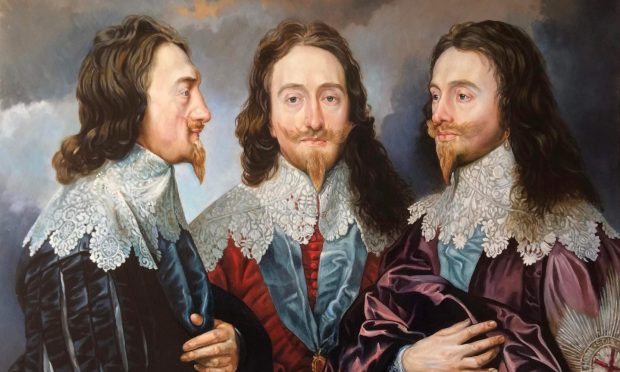
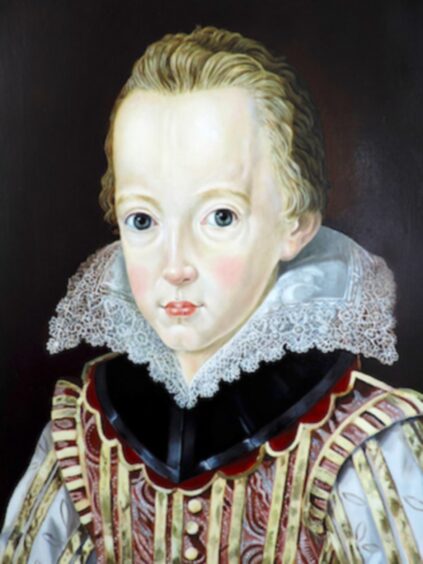
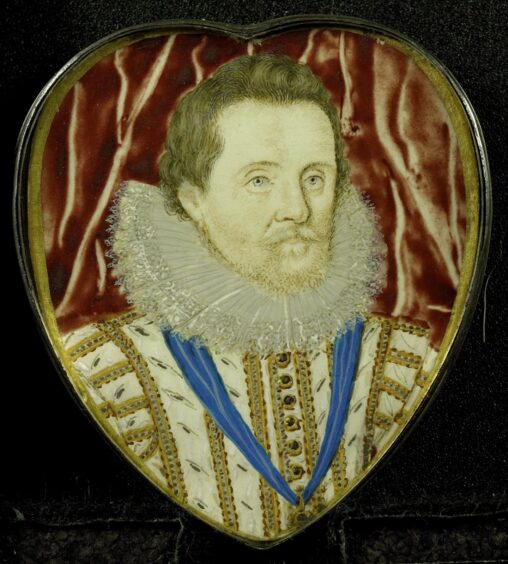
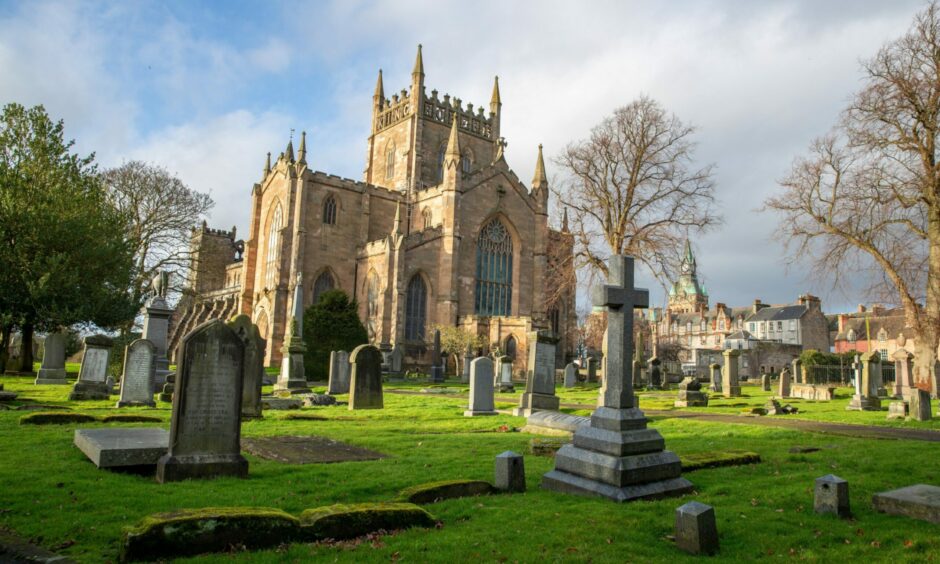
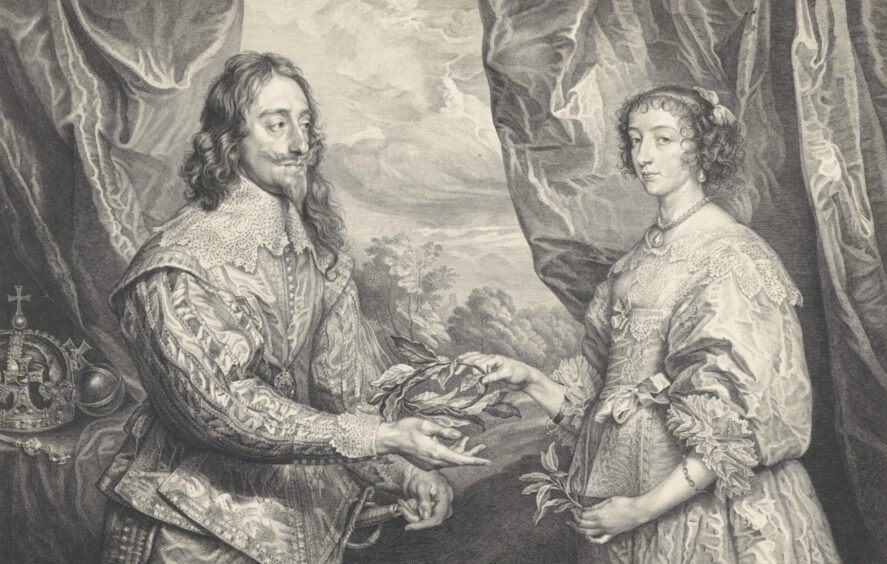

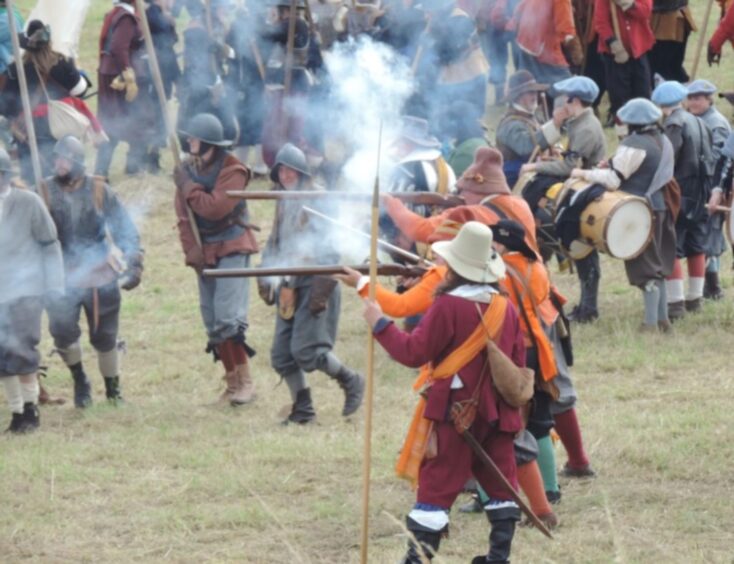
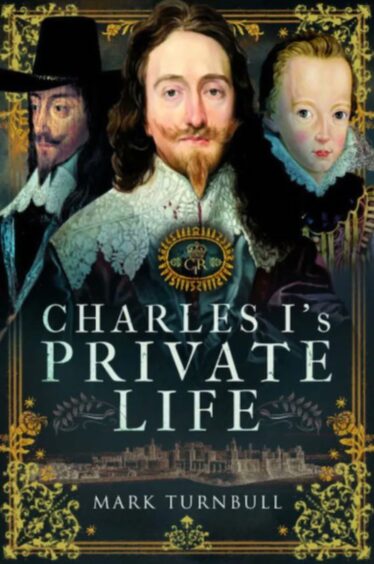









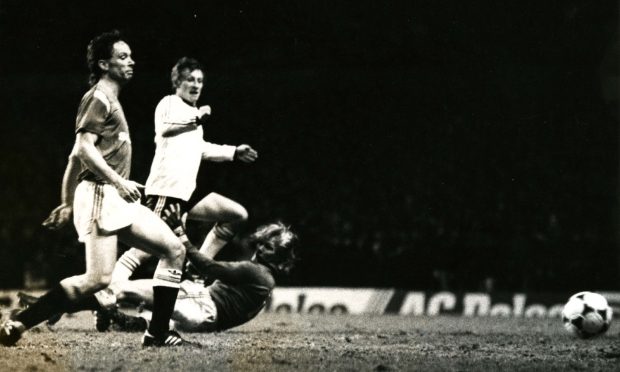
Conversation